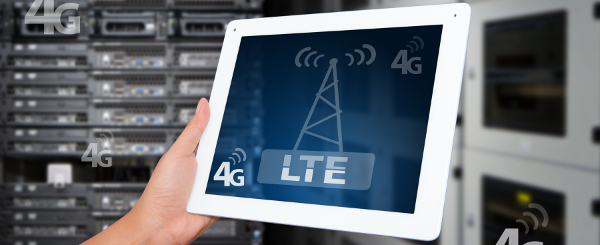
Demand for high bandwidth and "immediate" services will help 4G become the widely adopted standard in the Internet of Things market.
This will improve the return of investment for businesses as it enables emerging applications in the automotive, security and healthcare sectors.
That is according to Phil Skipper, Vodafone’s head of business development for M2M, who claims the high-speed network would remove the need to build expensive fixed line and wireless networks.
"Where the communications is regulated, or where you need to be certain that a message will get through from any location, for instance in a security or health application, then you will see other technologies like 4G being the standard," he told CBR.
He pointed to applications that require high bandwidth and "immediate services", such as CTTV footage and in-vehicle services.
"But also emerging applications like body cameras used by paramedics to stream footage directly back to hospitals to help them prepare for incoming patients, rapid downloads of mapping and situation data…and portable monitoring," he said.
"By being able to deliver the high bandwidth capability in mobile environment it opens up greater opportunities than would be possible or practical if you were relying solely on fixed connectivity."
The news comes a weeks after a research report by Goldman Sachs claimed that unlicensed spectrum and cheaper transfer rates would make Wi-Fi the leading player.
"Just like wired access (copper and fiber) laid the foundation for the fixed Internet, and cellular access (3G and 4G) enabled the mobile Internet, we expect Wi-Fi to be the enabler of the IoT," analyst Simona Jankowski said.
It also comes in spite of what Cambridge-based networking startup Neul told CBR back in May – that expensive, energy inefficient and poor penetration will stop 4G cellular technologies playing a major role in the IoT.
"They [LTE 4G networks] were really built for voice or broadband and with recharging phones in mind, which doesn’t really fit for the IoT because a lot of these sensors that need to be connected need to last for years from a battery," Ben Peters, Neul’s head of products said.
When asked about the challenges around 4G adoption, Skipper said: "No technology is challenge free but I believe that the demands for the capability of a 4G network will drive through the adoption.
"The cost of the modem will be a consideration but once again this is a volume game and with many, many more devices taking 4G, the costs will decrease and this cost will be reflected in M2M devices."
Jim Tully, distinguished analyst for IoT at Gartner, told CBR many forms of communication will be required for the IoT market.
"Most examples of ‘Things’ will not require high bandwidth or high speed data communication…Thermostats, toothbrushes, light bulbs, electric door locks, movement sensors, toys, anti-theft tags, smart weighing scales, and so on can operate with limited short range wireless connectivity using Bluetooth or ZigBee," he explained.
"WiFi will normally be needed for higher bandwidth IoT applications such as set top boxes and security cameras that are streaming a lot of data. Some IoT devices such as wearable fitness monitors will also use Bluetooth but they will work in conjunction with a smartphone.
"Outdoor devices in particular will make a lot of use of cellular – in parking meters, vending machines, smart trash cans, and so on – not to mention cars."
Skipper added: "I think the real answer is that there will be a hybrid approach to communications – the choice will be based on issues like performance, availability and predictability."






